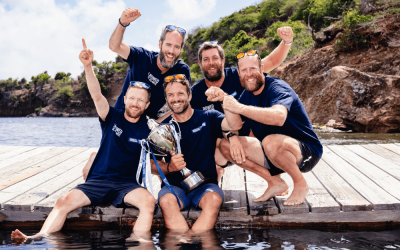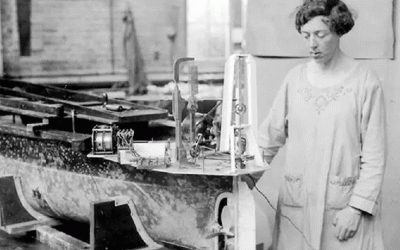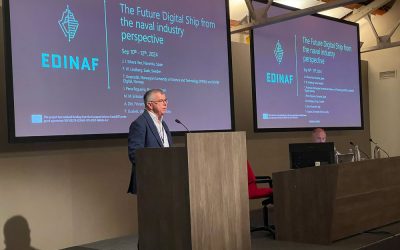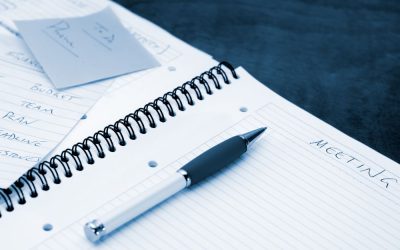Ship & Boat International: eNews April 2020
All American Marine (AAM), a specialist in hybrid-electric newbuilds, has confirmed that it will step in to complete the construction of the 84-passenger ‘Water-Go-Round’ e-ferry, vaunted as the US’ first hydrogen fuel cell vessel. The Washington-based yard was awarded the contract by SWITCH Maritime (SW/TCH).
The ferry, designed by Incat Crowther of Tasmania, Australia, features an aluminium hull and superstructure, and is intended to demonstrate the value of combining hydrogen power and electric drives to cut emissions to zero. Upon completion, the vessel will operate in California's Bay Area. “The first e-ferry will act as the flagship for SW/TCH’s fleet, an important first step in a concerted effort to curb transportation emissions while mitigating roadway congestion in urban centres,” a spokesperson for SW/TCH recently commented.
The ‘Water-Go-Round’ project is part-funded by a US$3 million grant from the California Air Resources Board (CARB). The ship’s keel was laid in Q4 2018 at Bay Ship & Yacht, California, though AAM will now complete its construction and outfitting. The e-ferry will feature a length of 21.3m, a breadth of 7.5m, a depth of 2.9m and a maximum draught of 1.5m (see Ship & Boat International September/October 2018, page 57).
The vessel’s hydrogen fuel cell package has been supplied by Golden Gate Zero Emission Marine (GGZEM), and comprises a set of fuel cells “arranged in compact stacks, similar to battery racks” for enhanced onboard space, AAM comments. The builder adds: “The fuel cells turn hydrogen into electricity by injecting hydrogen on one side and by supplying compressed ambient air on the other side of a proton exchange membrane [PEM] fuel cell module.” These modules, combined with lithium-ion battery packs, will generate 360kW.
A 300kW electric propulsion motor has been allocated to each demi-hull. “The hydrogen fuel storage is connected to the fuel cell powertrain, creating electricity to run the propulsion motors and turning the twin fixed-pitch propellers,” AAM says.




